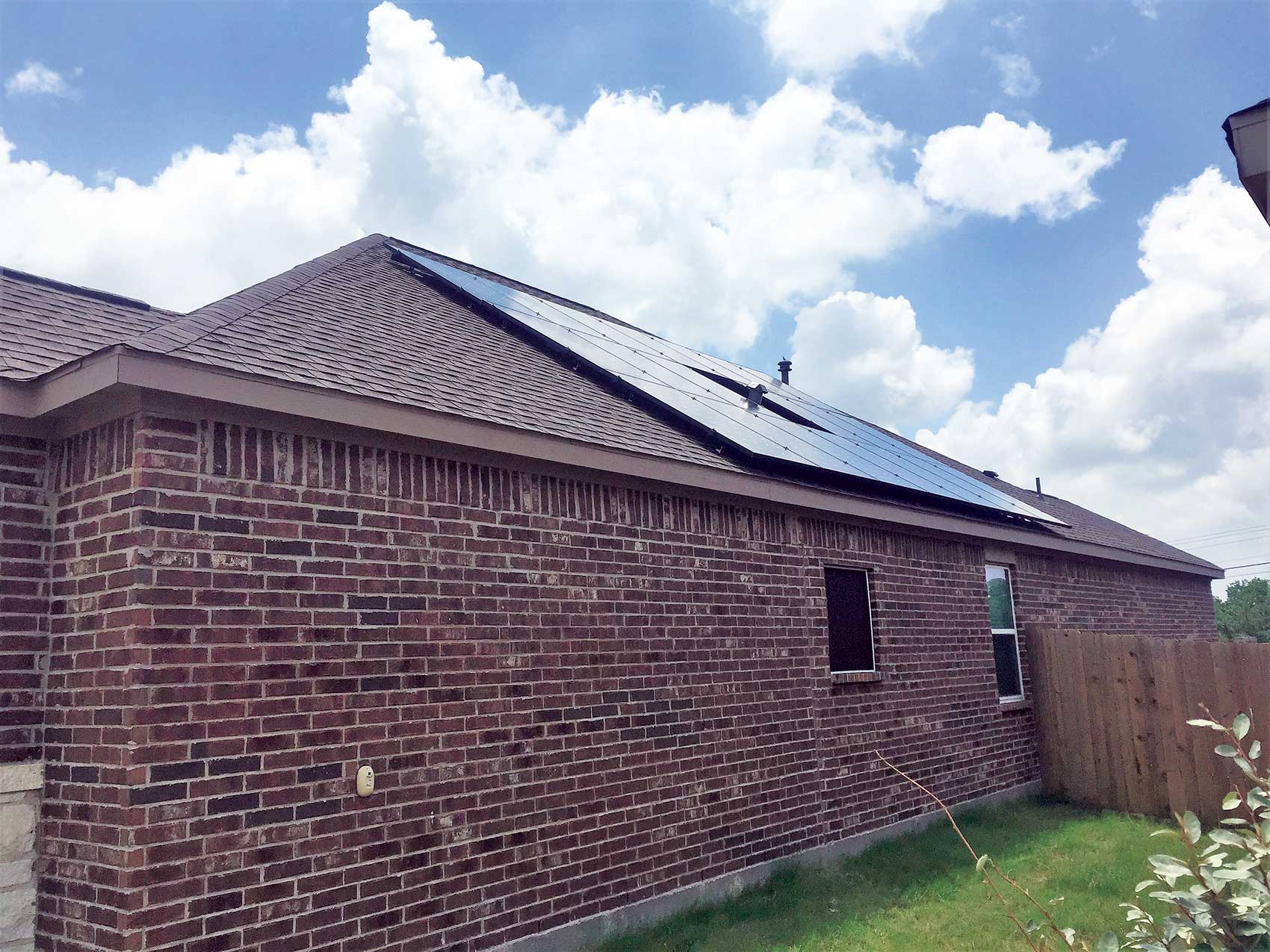Question
There seems to be a mindset in the opinions of many inspectors (that I work with), that the use of UL-listed equipment is subject to the equipment receiving a second UL listing once the equipment has been incorporated into a final product. I would like to test this opinion and determine where the cut-off is (if any) and where it is specified in the Code.
Example 1. The use of a UL-approved NEMA 3R junction box that is sold without knockouts. To install this unit, knockouts are placed where needed and proper connection materials are used (sealing washers or sealing hubs). Is this still an NEC-approved set-up? Consider all components UL-approved.
Example 2. As example 1, now add a lighting contactor operated by a photo-eye. Is this now an NEC-approved job?
Example 3. As example 1, now add a UL-approved NEMA 3R control switch. Consider the hole for the switch punched with a button punch and notched with a notching punch. Is this NEC-approved?
Example 4. As example 1, now add a UL-approved switching mechanism, UL-approved fused switch, with UL-approved fuses. Is this now NEC-approved?
I know that it may seem trite to build on one example but I fail to see any real difference between these uses. All components are UL-approved, used in the manner they were meant to be used, and installed in a good workman-like manner. I realize that individual jobs may mandate UL approval of multi-component equipment, but I fail to see where it is mandated in the NEC. If the customer mandated the combined UL approval I would be fine with supplying it, but I’m not sure the inspector has a right to mandate it for the customer. By the way, there is no written documentation at the AHJ level, only the impression of the inspector that somehow it is mandated by NEC.
Am I missing something? — C. D.
Answer
First, the National Electrical Code defines approved as “acceptable to the authority having jurisdiction (AHJ).” Therefore, electrical products, equipment and installation approvals are the responsibility of the AHJ. See NEC Article 100 definition of approved and NEC 10.2 for approval requirements.
Second, listed and labeled generally means that a qualified testing laboratory, such as a nationally recognized testing laboratories (NRTLs), has evaluated products and equipment for safety. Listing and labeling provides the AHJ with reasonable assurance that such products and equipment are safe for installation and use. An AHJ commonly relies on NRTLs to evaluate products and equipment. The NRTLs do not approve products, equipment or installations. See NEC Article 100 definitions of listed and labeled.
Third, the NRTLs listing mark, as a rule, is only valid when applied in the product or equipment manufacturer’s factory. The NRTLs generally do not authorize the application of a listing mark in the field. A NRTL safety assessment of a product or equipment in the field is typically a field evaluation. If the product or equipment complies with the appropriate safety standard, a marking stating as such is field applied. Such marking is not a listing mark, and the product or equipment is still subject to the AHJs approval.
Fourth, keep in mind that the NEC is an installation code as opposed to a product or equipment safety standard. An installation code addresses the installation and use of products and equipment; a product or equipment safety standard addresses the production aspects of the products and equipment. Installation codes and product and equipment safety standards are both concerned with safety of persons and property, and generally work hand-in-hand.
Regarding the examples:
Example 1. Generally, a NEMA 3R listed and labeled enclosure (junction box) is acceptable to the AHJ. Knockouts for the installation of raceways and cables are typically acceptable too. This is assuming that wire bending space and deflection of conductors is in compliance with NEC requirements.
Example 2. Although a bit challenging, if the equipment is not too complex, the AHJ could approve of the installation of a lighting contactor and photo sensor in the enclosure. The AHJ may require that the installation comply with the requirements of NEC Article 409 – Industrial Control Panels. Article 409 contains specific requirements and makes reference to UL 508 safety standard for industrial control panels.
Example 3. Again, the AHJ could approve the installation of a control switch in a NEMA 3R enclosure. The integrity of the enclosure and NEMA rating must be maintained.
Example 4. The AHJ could approve the installation of a switching mechanism and fused switch too.
So where does this lead us? It is difficult to give definitive responses to the questions. Generally, the questions posed are an enforcement and consistency issue for the AHJ. Enforcement in that the AHJ may require that all electrical products and equipment be listed and labeled; consistency in that the AHJ may prefer not to pick and choose what products and equipment must be listed and labeled.
In addition, it may be difficult for an AHJ to have the necessary time and resources to evaluate products and equipment that are field-assembled. Therefore, as a generally rule the AHJ may simply require the installation and use of listed and labeled electrical products and equipment. This practice mirrors the NEC requirement that “The conductors and equipment required or permitted by this Code shall be acceptable only if approved.”
Naturally, safety of persons and property is of critical importance. Although listing and labeling is the preferred method of approving electrical products and equipment, AHJs do their best at being flexible by providing alternative means and methods of approval. However, regardless of the approval method used, be aware that other factors may require that all electrical products and equipment be listed and labeled by an NRTL.
No, you are not missing anything; you have asked some good questions. I just hope that my response helps to clarify your questions on approval of electrical products and equipment. — Lanny McMahill, CMP-1









Find Us on Socials